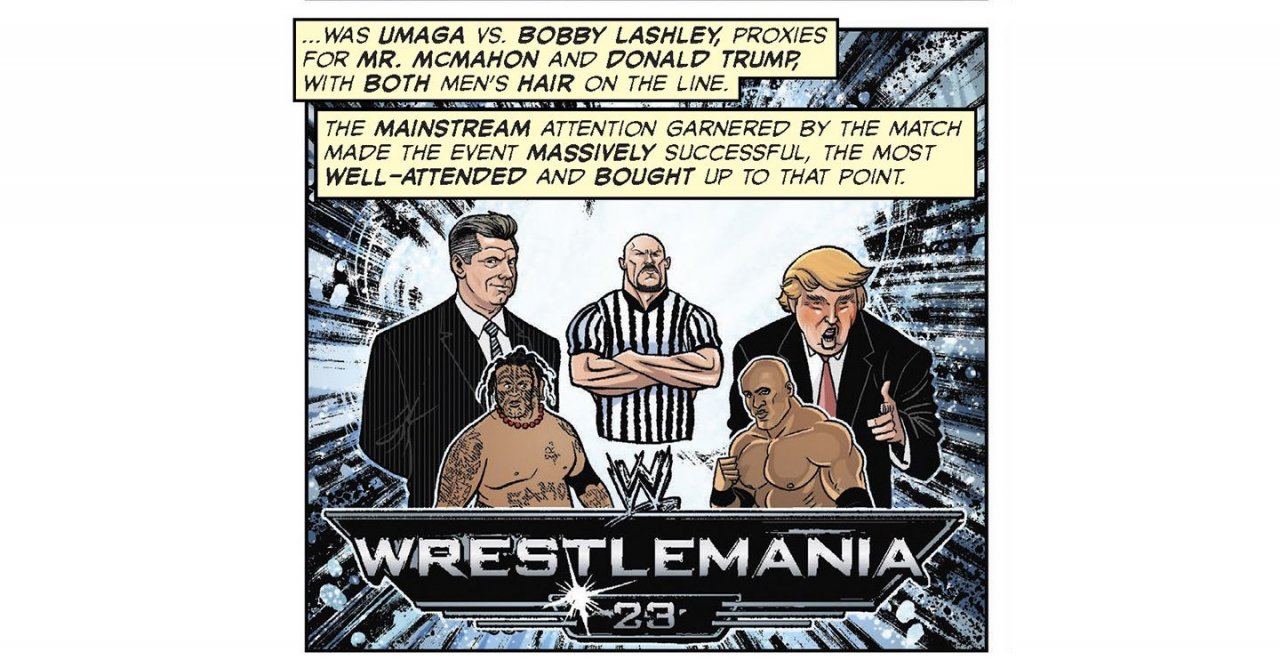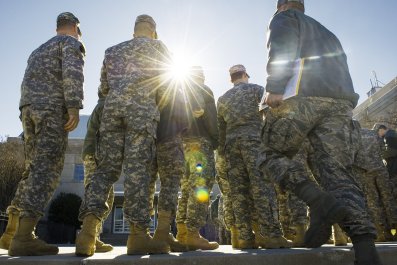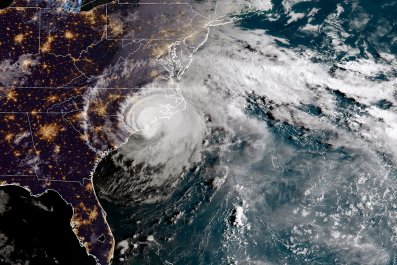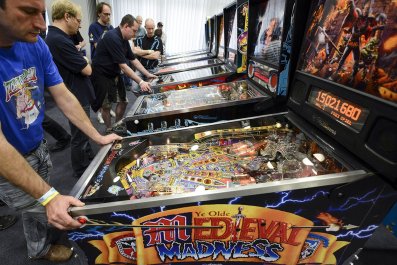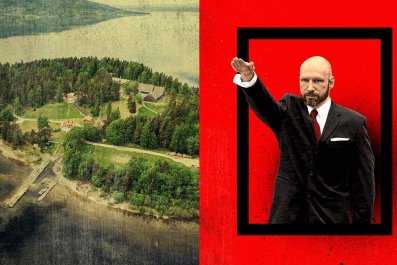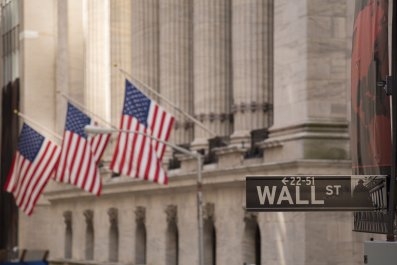During the 2016 presidential race, Donald Trump insulted reporters, taunted rivals and encouraged violence at his rallies. One Trump supporter even created a meme of the president beating up CNN. It looked and sounded a lot like professional wrestling—and many voters loved it.
Author Aubrey Sitterson and artist Chris Moreno weren't surprised. Their new graphic history, The Comic Book Story of Professional Wrestling, shows why we love a good fight. In scrupulous detail, the duo cover America's "one true sport" from its Colonial roots to the modern-day WWE empire. Turns out, the nation has always been a sucker for spectacle. The choreographed fighting and scripted results, Sitterson says, stir our emotions and tap our need for morality plays; we like to see heroes (called babyfaces) battling villains (heels).
Wrestlers, he says, also understand "the malleability of truth," flipping well-established narratives in shocking and surprising ways. In this way, the book serves as a telling guidebook for understanding both the 45th president and our modern political moment. Trump, of course, has long been a wrestling fan. Early on, he was instrumental in securing venues for the WWE in New York, hosting WrestleManias at Trump Plaza and later appearing as a guest wrestler himself. (One classic moment is memorialized in the book: Trump shaving the head of WWE executive Vince McMahon at WrestleMania 23.)
Sitterson says fans have always loved the sport's scripted characters, which are beautifully rendered across 170 pages, telling tales like the exploits of The Four Horseman, a gang of heel wrestlers who lived their big money, cars-and-women personas inside and outside the ring. But what's changed in the digital era is how comfortable the public has become with seeing other people—from politicians to celebrities to our friends on Facebook—creating carefully controlled versions of themselves. "Everyone is clearly aware of how much of their lives is performance," he says. And after crafting and playing versions of himself for the WWE and on The Apprentice, Trump has become a master of performance art. "He's certainly the apex of it so far," says Sitterson.
Sitterson and Moreno wrote the book, in part, to tap into surging public demand for wrestling. The WWE just negotiated a five-year, $1 billion deal with Fox to broadcast WWE SmackDown Live, starting in October 2019, and an array of online streaming services offer non-WWE wrestling. In August, a Ring of Honor show at New York's Madison Square Garden (the first non-WWE pro wrestling event held there) sold out in just 19 minutes. "With so many new and lapsed fans flocking to professional wrestling," Sitterson tells Newsweek, "it stands to reason that many of them would like to find out what they've missed, to be able to better contextualize what they're watching today."
As for the wrestler in the White House, though, Moreno has some advice: "What's good for showmanship, what's good for entertainment, is not necessarily good for everything else."



